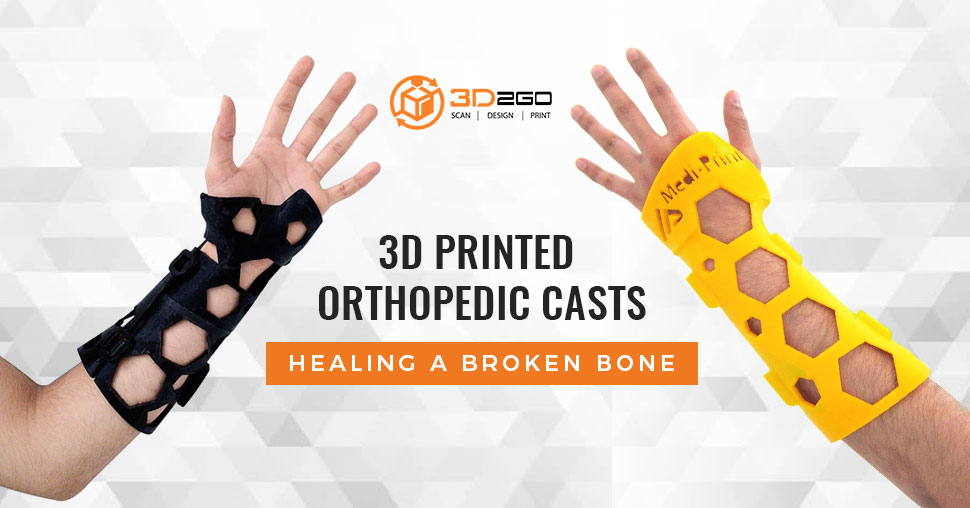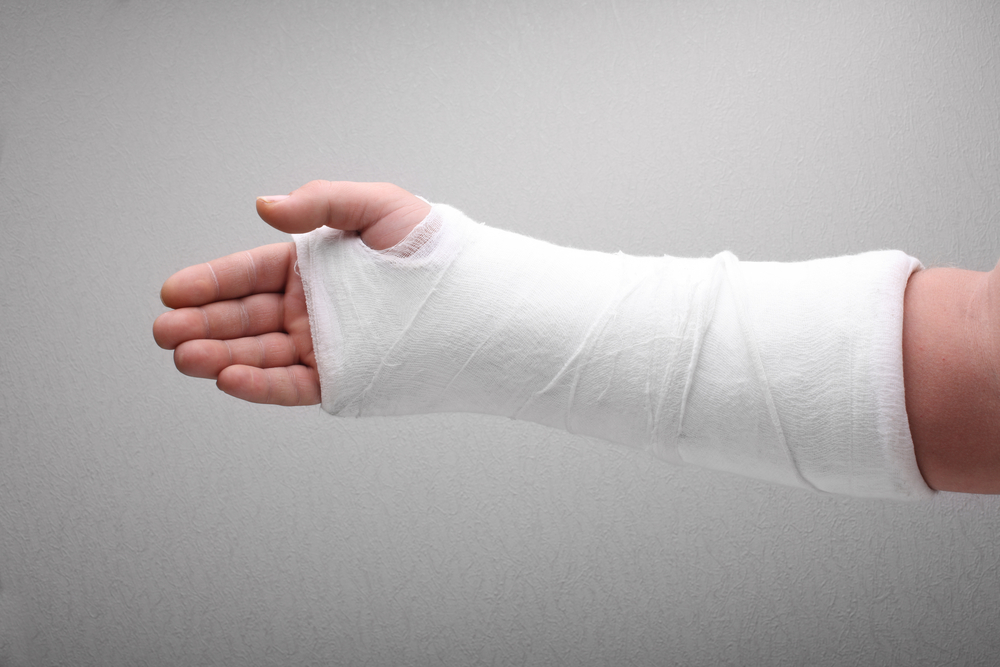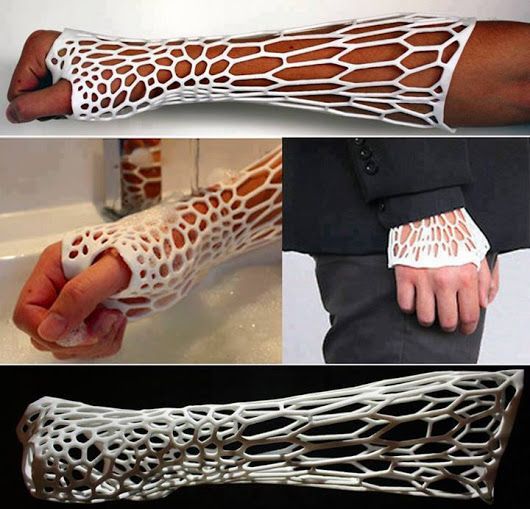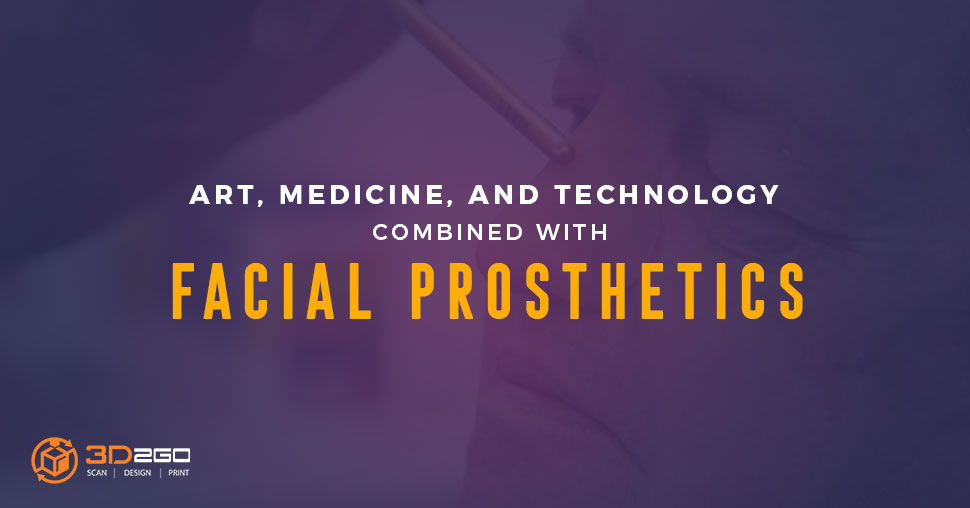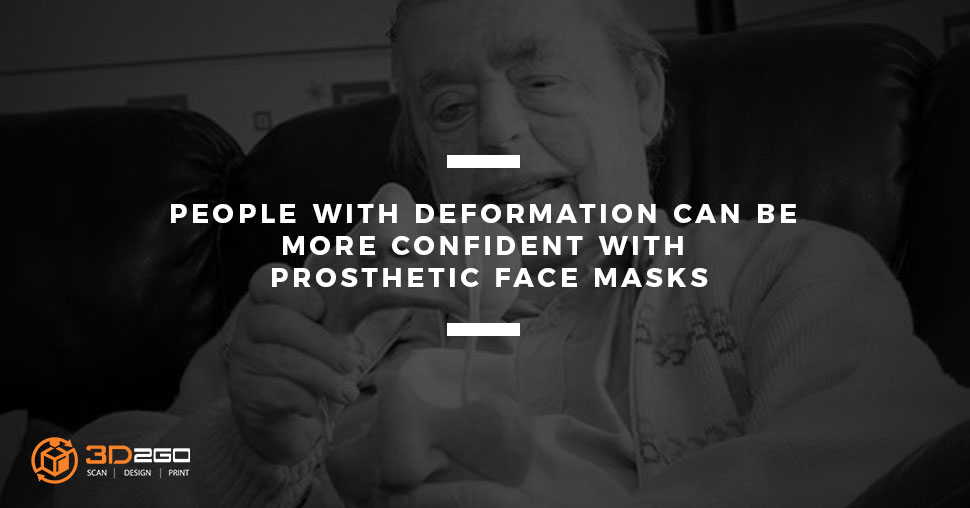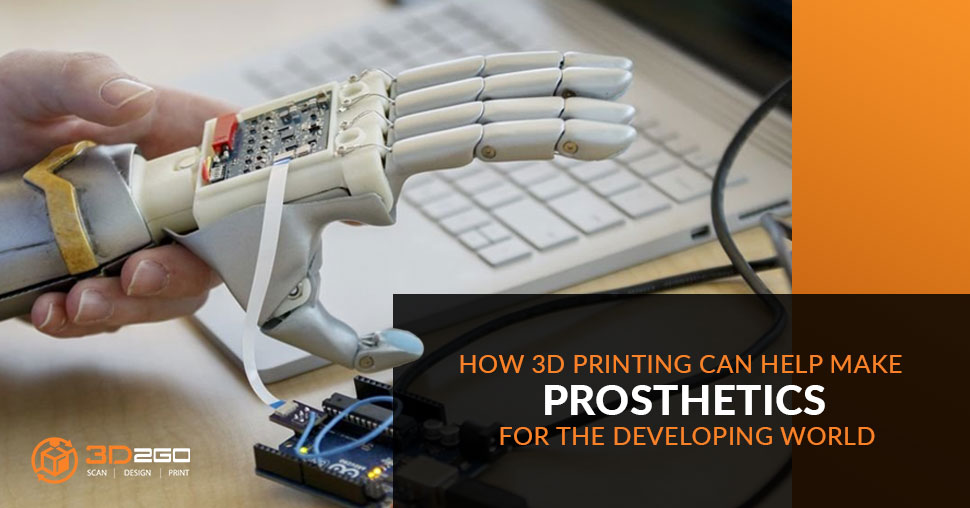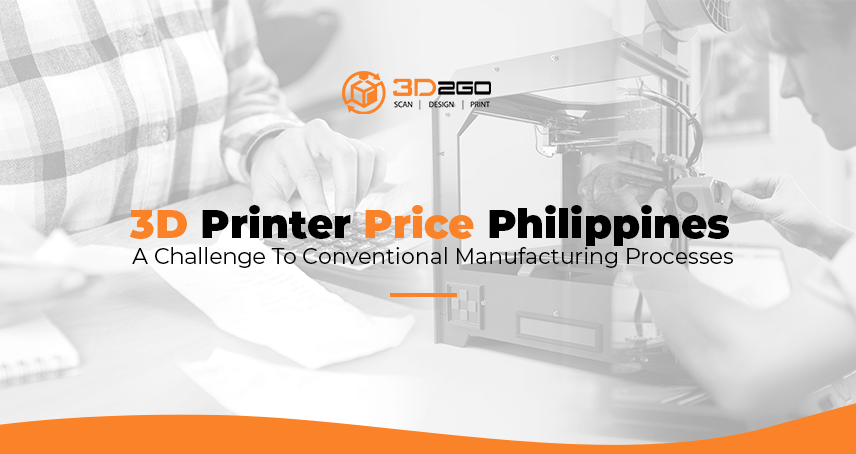
3D Printer Price Philippines – A Challenge To Conventional Manufacturing Processes
August 11, 2022
What Advantages Makes 3D Modelling In Civil Engineering Popular?
August 12, 2022Thousands of years ago, fractures were treated using wooden splints wrapped in linen. As time passed by, each generation devised new methods of healing a broken bone. They had used different materials and experimented on what works best for a particular case.
Fast forward to the present, and traditional splints have now evolved into what we call orthopedic casts.
Orthopedic casts, or simply casts, are usually made from synthetic materials — knitted fiberglass bandages, bandages of thermoplastic, or plaster bandages. However, these types of orthopedic casts don’t provide enough breathing room for the skin. If water entered the cast and started to moisten, the patient might experience irritation and even overheat.
Conventional orthopedic casts are also bulky and time-consuming to wear. Aside from that, casts also make the wearer look more sickly than he really is. But in order to speed up the healing process, the patient has no choice but to wear it.
That was before 3D printing came into the picture.
3D printed casts offer an alternative way of protecting and supporting a broken bone as it heals while still looking cool and fashionable. It also takes into account the heat sensitivity of a person by providing enough ventilation.
Science-backed developments of 3D printed orthopedic casts
Just last year, a team of faculty researchers from Delft University of Technology and Boston University developed a 3D printed orthopedic cast which offers a unique thermal-comfort design and mechanical stability. The research project aims to provide more comfort through optimal air circulation, a good way to speed up the healing process.
A more advanced 3D printed cast was also developed by a team of researchers at Curtin University in Western Australia. The team embedded sensors in the 3D printed ‘rehabilitation equipment’ which can monitor the healing progress of a patient by examining how the person is moving.
Innovation of 3D Printed Casts
Aside from these examples, researchers from different educational and corporate institutions continue to innovate 3D printed orthopedic casts, grounding their research on science-related concepts. The innovation of 3D printed casts doesn’t end in incorporating science into each project. The structure and design are also taken into consideration. Each cast is personalized according to the need and body structure of a patient, making it a perfect fit — a similar concept that is applied when designing 3D printed prosthetics. Instead of looking fragile by wearing traditional plaster bandages, 3D printed casts will help the patient look more modish.
The highly ventilated structure of 3D printed orthopedic casts has hygienic benefits that reduce the risk of cutaneous complications and improves treatment efficacy. This means that the patient need not worry about getting it wet.
Additionally, 3D printed casts are also specifically designed to facilitate easy, quick, and painless application and removal.
The constant desire of the human race to enhance orthopedic casts using the 3D printing technology will continue. Soon, we will come to the point where we will realize that having fractures is not very bad at all. With 3D printing technology, healing a broken bone comes with a style.
Instead of using traditional casts, why don’t you 3D print yours? Contact us today for more details.


